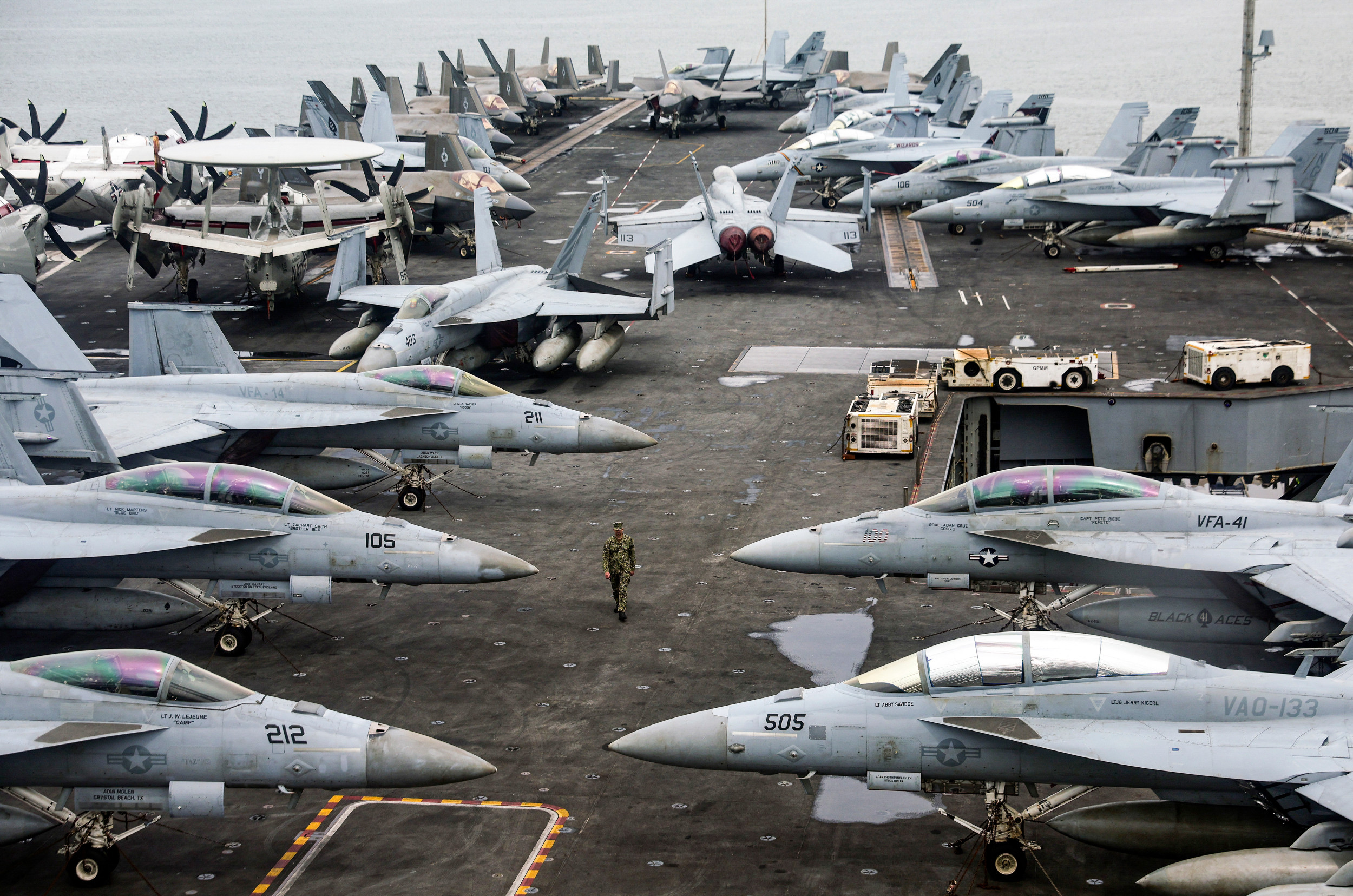What's New
The number of Chinese medium-range ballistic missiles (MRBMs) has increased by about 300 in just over a year, the Pentagon revealed in its report last week. They are capable of striking United States military bases in Japan during a potential conflict over Taiwan.
Newsweek has contacted the defense ministries in Beijing and Tokyo for comment by email.
Why It Matters
Under a U.S. defense concept known as the first island chain, Japan forms a north-south blockade with Taiwan, a self-governing island that has claimed by China as its territory, and the Philippines, seeking to contain the Chinese military in the Western Pacific Ocean.
The U.S. is required by law to maintain its capacity to resist resort to force or coercion that would jeopardize "the security or the social or economic system of Taiwan."
The tensions between China and Taiwan have turned Japan's southwestern islands, located between the East China Sea and the Philippine Sea, into the front-line, causing concern in Tokyo as the majority of Japan-based U.S. forces are deployed on these remote islands.
What To Know
The U.S. military estimated China has 300 launchers and 1,300 missiles for its MRBM force, a weapon system that has a range of 1,000 kilometers to 3,000 kilometers (621 miles to 1,864 miles), covering the entire first island chain, according to a map attached to the report.
While the number of launchers remains unchanged, the number of missiles, including the DF-21, as well as the DF-17, which is armed with a hypersonic glide vehicle that travels greater than five times the speed of sound, has increased from 1,000 in last year's estimate.
The expansion in MRBM numbers is likely due to continued production of the DF-17, which allows China to strike targets covered by missile defenses, Decker Eveleth, an analyst with the CNA Corporation (Center for Naval Analyses), told Newsweek via email.

The Pentagon said the DF-17 is primarily used for striking foreign military bases in the Western Pacific Ocean by evading adversary radars and ballistic missile defenses. Besides that, it and the DF-21 are capable of attacking ships like aircraft carriers in the region.
Aircraft carriers and military bases in Japan are critical to America's power projection in the region, said Masashi Murano. "If these were to become unusable, the PLA [People's Liberation Army of China]'s operational environment would improve significantly," the senior fellow with Hudson Institute's Japan Chair said in an email to Newsweek.
It is highly likely that the Chinese military would attack Japan's bases with its MRBMs during a potential Taiwan conflict between Beijing and Washington, Murano said. "Even if it is directed at U.S. bases in Japan, Japan will regard it as an armed attack situation on its own country, so there is no point in distinguishing between Japanese bases and U.S. bases."

What People Are Saying
Masashi Murano told Newsweek on Sunday: "If China were to use the threat of a large number of MRBMs to psychologically threaten Japan with 'we won't attack Japan unless you support the U.S./Taiwan,' it would put Japanese political leaders and the Japanese public in a dilemma. And if that threat is not effective, they will actually attack Japanese bases and try to take away our safe staging areas."
Decker Eveleth told Newsweek on Sunday: "I'm not sure the strategy of targeting Japanese bases is linked to the MRBM inventory, and most of the MRBM arsenal is based around Taiwan. It is true, however, that the PLARF [People's Liberation Army Rocket Force] has significant striking power against bases in Japan."
What Happens Next
China is expected to continue MRBM expansion to enhance its deterrence against the U.S. and Japan from intervening in any conflicts in the Taiwan Strait militarily. The U.S.-Japan alliance may strengthen its missile defense capability in the Western Pacific Ocean.




















 English (US) ·
English (US) ·